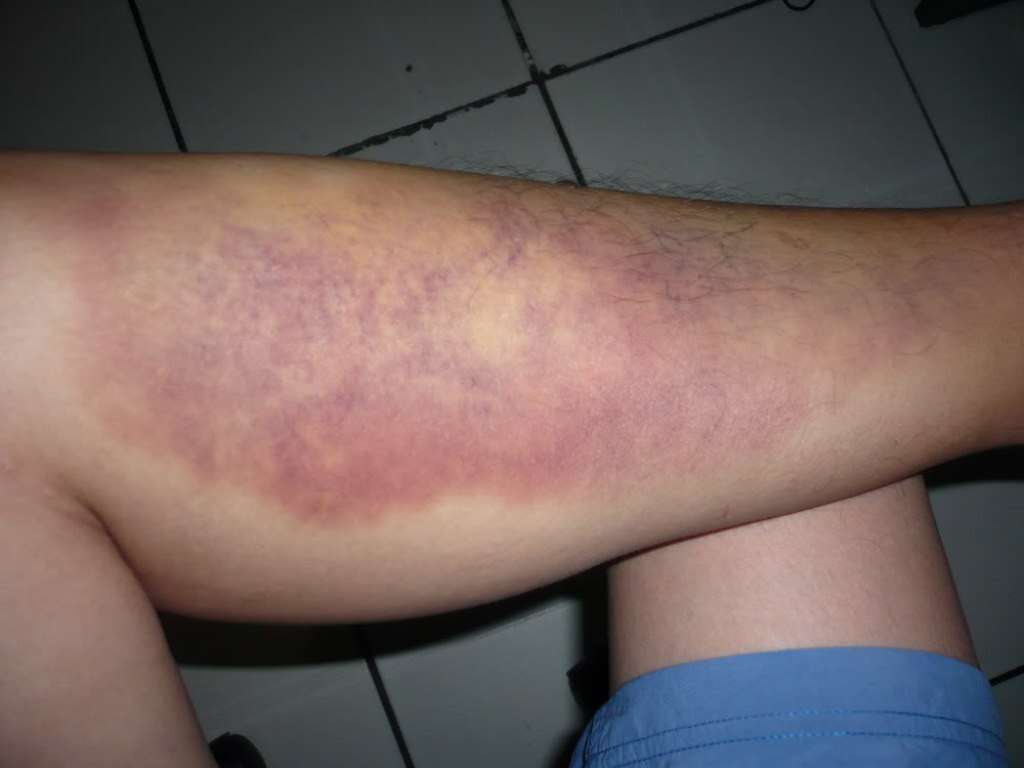

This is because a PE is a rare diagnosis, and the testing can be time consuming and expensive. The diagnosis of a PE starts before any testing. Venous insufficiency: This is a condition in which valves in the veins that stop blood from flowing backward don’t work as well, leading to blood pooling in the legs. This is more likely to happen if you’re at risk for blood clots for other reasons. Long plane rides: This can cause blood clots because you sit for a long period of time.

This is especially true after a joint surgery, like a knee or hip replacement. Surgery: You’re often less active after surgery, which puts you at risk of blood clots. When you don’t move, your muscles don’t help with blood flow. Immobilization: When muscles contract, they help squeeze blood through the veins. Blood cells are more likely to stick together and clot when blood pools in a vein instead of flowing through it. Some autoimmune diseases, like antiphospholipid syndromeĪreas of decreased blood flow can also lead to blood clots. Inherited blood clotting disorders, like factor V Leiden This is called a “hypercoagulable state.” Some things that cause this are: You’re at increased risk for PEs if your blood clots more readily than normal. This can be because there’s something wrong with the normal blood clotting processes or because the blood is pooling and stagnant inside the vein. This can help you and your provider figure out if you should do more tests.Ĭertain conditions and situations increase the risk for a PE when they make your blood more likely to clot. So sometimes it also helps to know if you’re at increased risk of a blood clot for some reason. There are many different conditions that can cause symptoms similar to a PE. If you have any of the above symptoms and new symptoms in one of your legs, this is particularly concerning for a DVT and PE. These symptoms might be pain, swelling, or redness of the leg. Since PEs often come from a deep vein thrombosis (DVT) in the legs, some people may have symptoms of a blood clot in one of their legs. While a lot of other conditions can also cause this symptom, with a PE you might see small specks of blood when coughing.įast pulse: The heart tends to beat faster when there’s a blood clot in the lungs, so you might feel like your heart is racing. Low oxygen levels also contribute.īloody cough: This can occur if the blood clot irritates blood vessels in the lungs. Lightheadedness or fainting: This can happen if the blood clot lowers your blood pressure. Some people with a PE feel short of breath all the time, others only notice it on exertion, like when walking up steps. Shortness of breath: This develops when the blood clot prevents the lungs from getting oxygen into the blood. But others may experience this as a dull pain or tightness in the chest.

But some of the more common symptoms include:Ĭhest pain: When a PE causes chest pain, it often feels like a sharp, focused pain that worsens when you take a deep breath. This is all to say that there’s no way to diagnose a PE on symptoms alone. And others may only notice swelling in their legs, either from the original blood clot or a change in their heart function. Other people may not have any chest pain but notice mild weakness or dizziness. Some people experience significant chest pain, which can happen when a part of the lung doesn’t get enough blood flow. The symptoms of a PE can vary from person to person. View more medications Symptoms of a pulmonary embolism


 0 kommentar(er)
0 kommentar(er)
